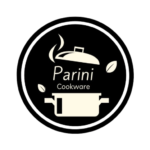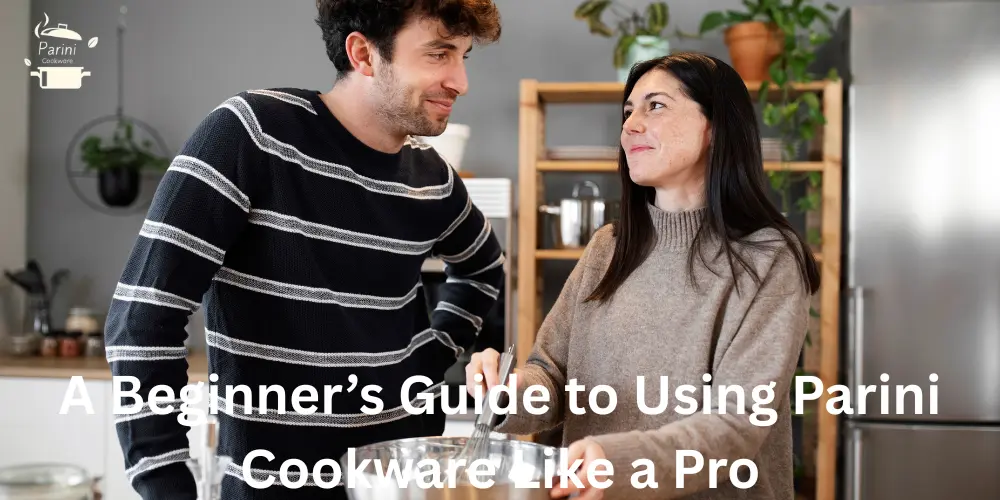If you’ve just bought your first set of Parini Cookware, congratulations, you’ve made a great investment. Known for its elegant design, durability, and even heat distribution, Parini Cookware can transform everyday cooking into a professional experience. Whether you’re frying, sautéing, baking, or simmering, this cookware makes it easier to get restaurant-quality results at home. In this guide, we’ll walk through how to use Parini Cookware like a pro, from proper care to cooking tips that will keep your pots and pans in top condition for years.
A Beginner’s Guide to Using Parini Cookware Like a Pro
Learning how to use Parini Cookware properly can make all the difference between average and exceptional results in your kitchen. The key is understanding your cookware’s material, heat tolerance, and maintenance. Once you know the basics, you’ll find that Parini Cookware helps you cook faster, clean more easily, and enjoy the process more.
Understand the Material of Your Parini Cookware
Parini Cookware comes in several materials, like nonstick aluminum, stainless steel, and ceramic. Each type serves a specific purpose:
- Nonstick Aluminum: Great for quick meals and easy clean-up. Perfect for eggs, pancakes, and delicate foods.
- Stainless Steel: Excellent for browning, searing, and cooking at high temperatures.
- Ceramic: Ideal for slow cooking and baking with a naturally nonstick surface.
Knowing what type you own helps you adjust your cooking techniques. For example, you don’t need high heat for nonstick pans, while stainless steel performs best with preheating.
Preheat Properly Before Cooking
One common mistake beginners make is skipping preheating. With Parini Cookware, preheating helps the pan distribute heat evenly and prevents food from sticking. Place the pan on medium heat for a minute or two before adding oil or ingredients. Avoid cranking up the temperature too quickly; it can damage coatings and cause uneven cooking.
Use the Right Utensils
To protect your Parini Cookware, always use silicone, wooden, or plastic utensils. Metal utensils can scratch or wear down the surface, especially on nonstick and ceramic pans. Treat your cookware gently to keep it looking and performing like new.
Cook at Medium Heat for Better Results
It’s tempting to cook on high heat to save time, but that can do more harm than good. Most Parini pots and pans distribute heat so efficiently that medium heat is enough for most recipes. Cooking on moderate heat helps you avoid burning food and extends the life of your cookware’s surface.
Clean and Store Your Parini Cookware the Right Way
Proper cleaning is key to maintaining your cookware. Always let the pan cool before washing to avoid thermal shock. Use a soft sponge and mild soap instead of harsh scrubbing pads. For stubborn stains, soak the cookware in warm soapy water for a few minutes before cleaning.
When storing, stack pots and pans with protective liners or paper towels between them to prevent scratches.
Seasoning Your Parini Cookware (If Applicable)
If you have a stainless steel or cast aluminum set, seasoning can help create a natural nonstick surface. To season, apply a thin layer of cooking oil and heat it over low to medium heat for a few minutes. Let it cool, wipe off any excess oil, and your pan will be ready for the next meal.
Tips for Cooking Like a Pro with Parini Cookware
- Plan your ingredients before heating the pan to prevent overcooking.
- Avoid cooking sprays on nonstick surfaces; they can leave residue.
- Use proper pan sizes for your stovetop burners.
- Don’t overcrowd the pan; it reduces heat and can make food soggy.
- Store lids separately to prevent scratches and dents.
FAQs
How should I clean my Parini Cookware after cooking?
Let it cool down, then wash it with warm water, mild dish soap, and a soft sponge. Avoid steel wool or abrasive cleaners.
Can I use Parini Cookware in the oven?
Yes, most Parini Cookware sets are oven-safe, but check the product label or manual for the exact temperature limit.
Do I need to season Parini nonstick pans?
No, nonstick Parini pans don’t require seasoning. However, seasoning stainless steel or cast aluminum models can improve performance.
Is Parini Cookware dishwasher safe?
Some models are, but hand washing is always recommended to preserve the finish and extend the cookware’s life.
What should I do if food sticks to my Parini pan?
Soak the pan in warm soapy water for a few minutes before gently cleaning it. Avoid scraping with metal tools.
Conclusion
Cooking with Parini Cookware is about more than just preparing meals; it’s about enjoying the process and achieving great results with ease. With the right care, proper heat control, and gentle cleaning, your Parini pots and pans can last for years while helping you cook like a pro. Start applying these simple tips, and you’ll see how effortlessly Parini Cookware turns everyday dishes into something special.

